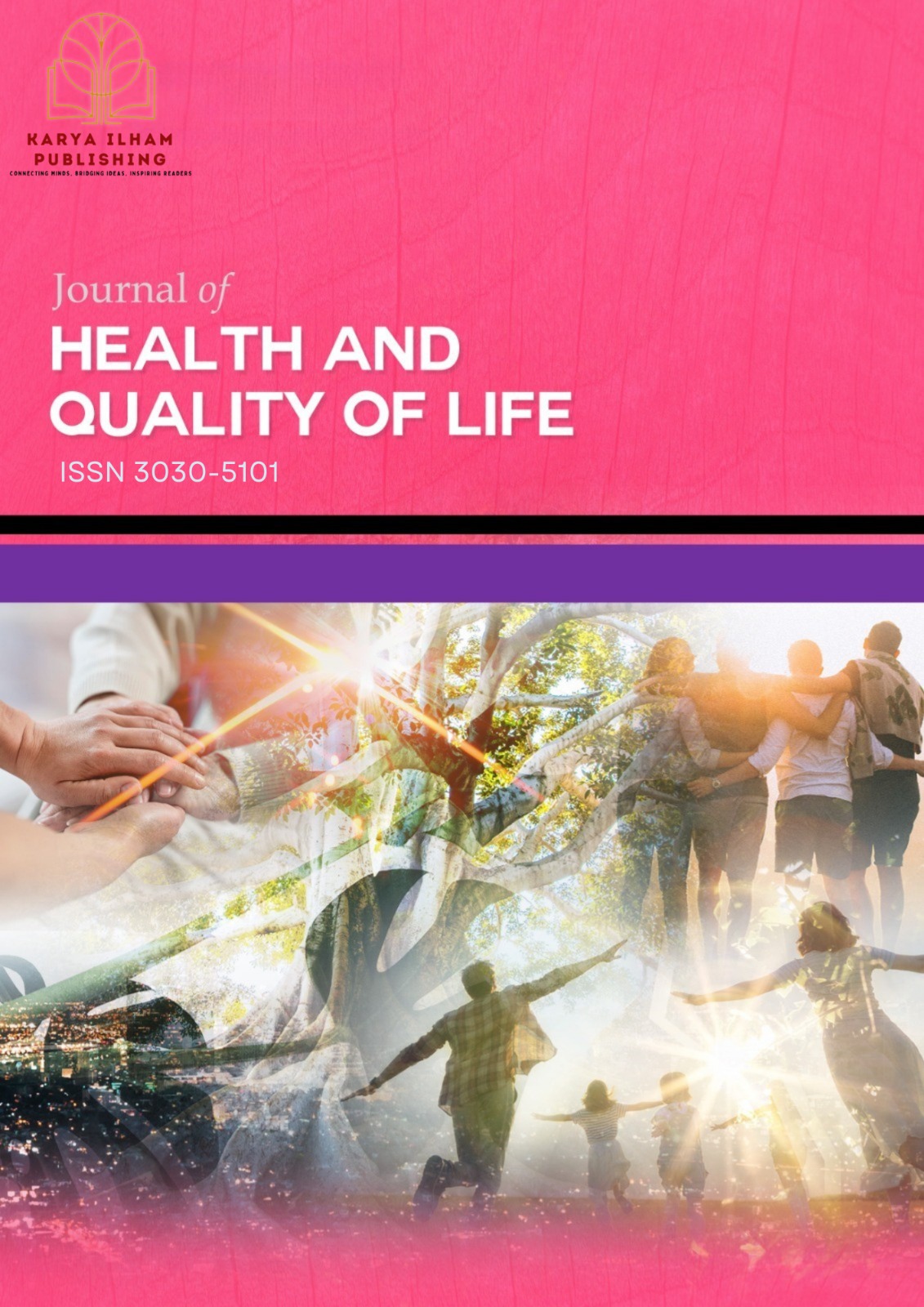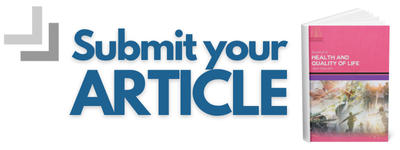Relative Age Effect among Elite Male and Female Rugby Sevens Players
DOI:
https://doi.org/10.37934/jhqol.7.1.18Keywords:
Relatives age effect, elite rugby sevens, gender differences, world cupAbstract
The relative age effect (RAE) describes the advantage often experienced by athletes born earlier in the selection year, due to their relative physical and developmental maturity. In physically demanding sports such as rugby sevens, this effect may influence selection outcomes and long-term athlete development. Previous studies have frequently focused on male athletes, with limited findings in female competitions. As women’s rugby becomes more competitive and structured, it is necessary to investigate whether RAE influences talent identification across both genders. This study explored the presence and patterns of RAE among elite male and female rugby seven players who competed in the 2022 Rugby World Cup Sevens. A total of 480 athletes (288 men, 192 women) were classified into four birth quartiles and analysed using chi-square tests. The results showed a significant RAE among male players (χ² (3, N = 288) = 106.733, p = .002, Cramér’s V = 0.351) and female players (χ² (3, N = 192) = 62.448, p = .043, Cramér’s V = 0.329), with a noticeable concentration of players born in the first half of the year. Among the top four male teams, a significant RAE was also found (χ²(3, N = 96) = 10.080, p = .018), suggesting selection bias favouring relatively older players. However, this effect was not significant among the top-performing female teams (p = .528). For both male and female winning and lowest-ranked teams, no statistically significant RAE was observed (p > .05), although moderate effect sizes indicated potential trends limited by sample size. In conclusion, this study confirms the presence of RAE in elite rugby sevens, particularly among male athletes, and suggests the need for more balanced talent identification approaches in the sport.














